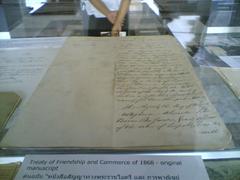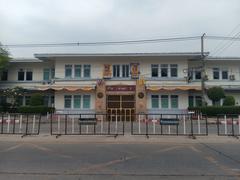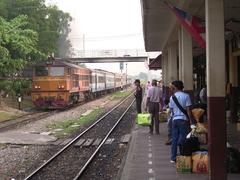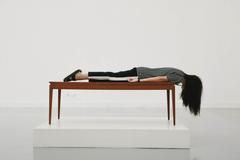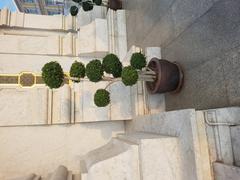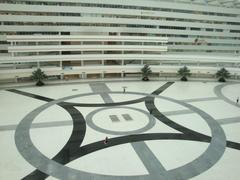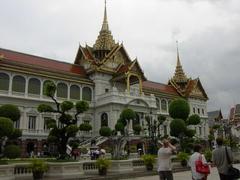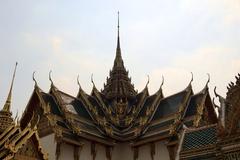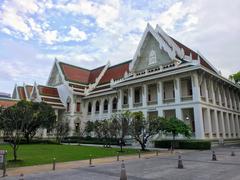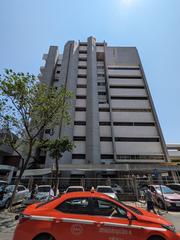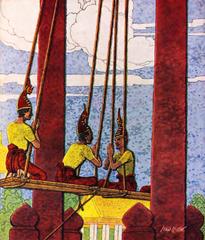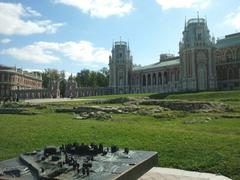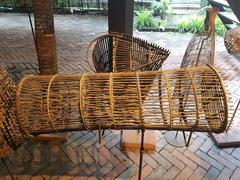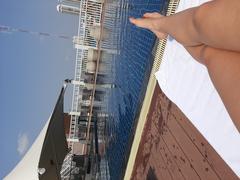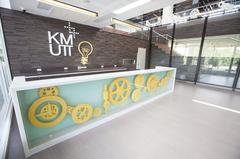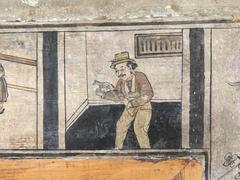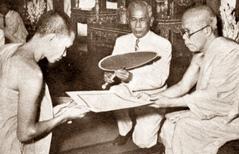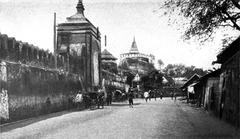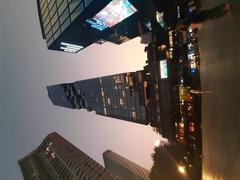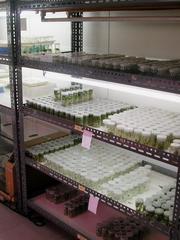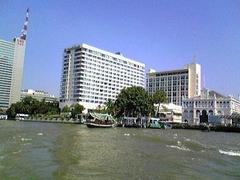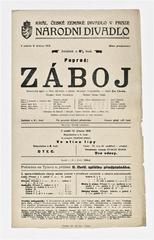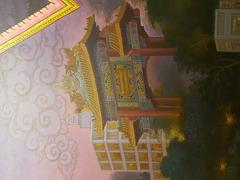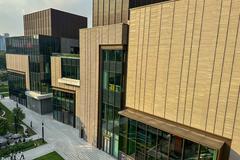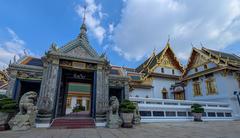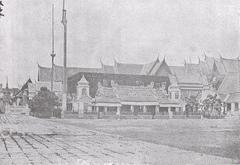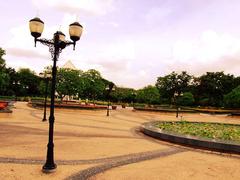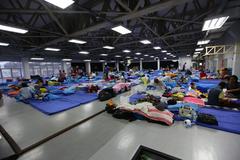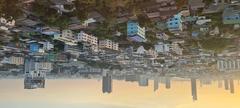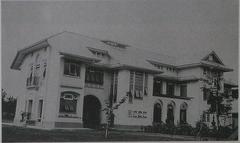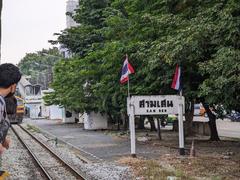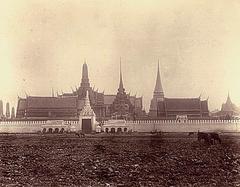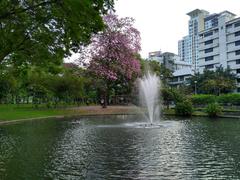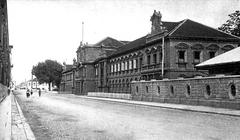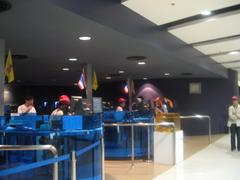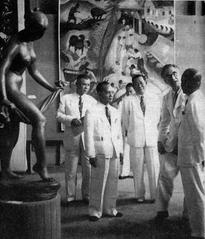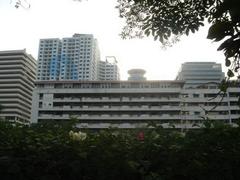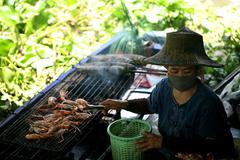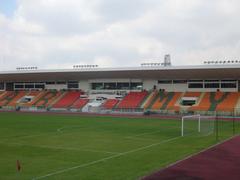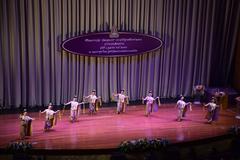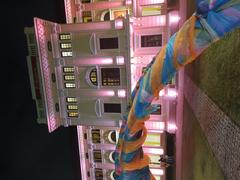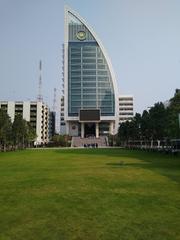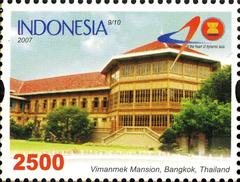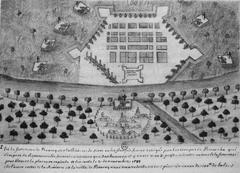Ton Son Mosque: Visiting Hours, Tickets, and Historical Significance
Publication Date: 19/07/2024
Introduction to Ton Son Mosque
Table of Contents
- Introduction
- History of Ton Son Mosque
- Cultural Significance
- Key Architectural Elements
- Materials and Construction
- Visitor Information
- Conclusion
- References
History of Ton Son Mosque
While the exact origins of Ton Son Mosque are shrouded in some mystery, its story is intricately woven with the history of Islam in Thailand. The mosque stands as a testament to the long-standing presence of Muslim communities in Bangkok, dating back centuries.
Early Beginnings and the Ayutthaya Period
The history of Ton Son Mosque is likely connected to the Ayutthaya period (1351-1767), a time when Thailand saw significant trade with the Islamic world. During this era, Muslim traders, particularly Persians and Arabs, played a vital role in the Siamese economy, establishing communities and mosques in major trading hubs like Ayutthaya, the former capital. While concrete evidence linking Ton Son Mosque to this specific period is lacking, the mosque’s location along the Chao Phraya River, a historical trade artery, suggests a strong possibility. It’s plausible that an earlier mosque or Muslim settlement existed in the vicinity, eventually evolving into the Ton Son Mosque we know today.
The Thonburi and Early Rattanakosin Eras
Following the fall of Ayutthaya in 1767, the capital shifted to Thonburi, located on the western bank of the Chao Phraya River, directly across from present-day Bangkok. King Taksin, the founder of the Thonburi dynasty, was known for his religious tolerance and welcomed Muslims into his new capital. This era likely saw the growth of Muslim communities in the area, potentially contributing to the development of Ton Son Mosque. The early Rattanakosin era (1782-1851), marked by the founding of Bangkok as the capital, witnessed continued royal patronage of Islam. King Rama I, the first king of the Chakri dynasty, granted land for mosques and recognized the importance of Muslim communities within his kingdom. This period of relative peace and stability likely facilitated the further establishment of Ton Son Mosque as a religious and social center.
The Reign of King Rama III and the Mosque’s Reconstruction
A significant chapter in Ton Son Mosque’s history unfolds during the reign of King Rama III (1824-1851). Historical accounts suggest that the mosque underwent a major reconstruction during this period, transforming it into a more permanent and prominent structure. King Rama III, known for his architectural endeavors, likely influenced the mosque’s design. While the mosque doesn’t exhibit the elaborate ornamentation typical of royal temples from that era, it reflects a blend of traditional Thai architectural elements with Islamic influences. This fusion of styles is evident in the mosque’s multi-tiered roof, reminiscent of Thai temple architecture, combined with Islamic motifs and calligraphy.
The Late 19th and 20th Centuries - Growth and Community
The late 19th and 20th centuries saw Bangkok undergo rapid urbanization and modernization. Despite these changes, Ton Son Mosque remained a steadfast presence, adapting to the evolving urban landscape while serving as a spiritual anchor for the growing Muslim community in the area. During this period, the mosque likely witnessed expansions and renovations to accommodate the increasing number of worshippers. The construction of new prayer halls, ablution facilities, and community spaces reflected the mosque’s role as a vibrant hub for religious and social activities.
Cultural Significance
Ton Son Mosque stands as a symbol of the enduring presence and contributions of Muslim communities in Bangkok. It has long served as a center for religious, educational, and social activities, fostering a sense of community and cultural continuity among its members. The mosque’s architectural features, blending Thai and Islamic styles, also highlight the cultural exchange and harmony that have characterized Bangkok’s history.
Key Architectural Elements
The mosque’s architecture showcases a fascinating blend of Islamic and Thai design elements, creating a unique and harmonious aesthetic.
-
Minaret with a Thai Twist: While minarets are a common feature in mosque architecture, Ton Son Mosque’s minaret incorporates distinct Thai design elements. Instead of the typical dome or spire, the minaret culminates in a multi-tiered roof structure reminiscent of traditional Thai temples.
-
Prayer Hall with High Ceilings: The main prayer hall, the heart of the mosque, boasts high ceilings that create a sense of spaciousness and grandeur. This architectural choice not only enhances the aesthetic appeal but also serves a practical purpose by allowing for better ventilation in Bangkok’s tropical climate.
-
Decorative Arches and Intricate Details: The mosque’s facade features a series of decorative arches, a hallmark of Islamic architecture. These arches, often seen in Islamic religious buildings, are not merely decorative but also serve a structural purpose, distributing weight and creating open spaces.
-
Open Courtyard for Community Gatherings: Central to the mosque’s design is an open courtyard, a common feature in Islamic architecture that fosters a sense of community. This courtyard serves as a space for social interaction and religious gatherings.
-
Geometric Patterns and Islamic Calligraphy: The mosque’s interior and exterior surfaces are adorned with intricate geometric patterns and Islamic calligraphy. These decorative elements hold both aesthetic and symbolic value.
Materials and Construction
The mosque’s construction reflects a blend of traditional and modern materials.
-
Use of Concrete for Structural Integrity: The mosque’s primary structure is built using reinforced concrete, providing the necessary strength and durability to withstand the test of time and the elements.
-
Traditional Thai Roof Tiles: Despite the use of modern materials for the main structure, the mosque retains a touch of traditional Thai aesthetics through its roof. Covered in distinctive Thai clay tiles, the roof not only adds to the mosque’s visual appeal but also reflects the local architectural heritage.
Visitor Information
Visiting Hours
Ton Son Mosque is generally open to visitors from 9:00 AM to 5:00 PM daily. However, it is advisable to check for any changes in visiting hours, especially during religious holidays or special events.
Ticket Prices
Entry to Ton Son Mosque is free, but donations are welcome to support the maintenance and activities of the mosque.
Travel Tips
- Dress Modestly: Visitors are expected to dress modestly. Women should cover their heads, and both men and women should wear clothing that covers their shoulders and knees.
- Be Respectful: As a place of worship, it is important to maintain a respectful demeanor, especially during prayer times.
- Photography: Photography is allowed, but it is courteous to ask for permission before taking pictures of worshippers.
Nearby Attractions
- Wat Arun: Also known as the Temple of Dawn, this iconic temple is just a short ferry ride away from Ton Son Mosque.
- Grand Palace: A must-visit site in Bangkok, the Grand Palace is rich with history and stunning architecture.
- Bangkok National Museum: Located nearby, the museum offers a deep dive into Thailand’s history and culture.
Accessibility
Ton Son Mosque is accessible by public transportation, including buses and river ferries. The nearest ferry pier is Phra Arthit, just a short walk from the mosque.
Special Events and Guided Tours
The mosque occasionally hosts special events and guided tours, especially during Islamic festivals like Eid. Visitors are encouraged to check the mosque’s official website or social media pages for the latest updates.
FAQ
Q: What are the visiting hours of Ton Son Mosque?
A: The mosque is open daily from 9:00 AM to 5:00 PM, but it is advisable to check for any changes during religious holidays or special events.
Q: Are there guided tours available at Ton Son Mosque?
A: Yes, guided tours are occasionally available, especially during Islamic festivals. Check the mosque’s official website or social media pages for updates.
Conclusion
For more information, updates, and related historical insights, consider downloading the Audiala mobile app or following us on social media.
